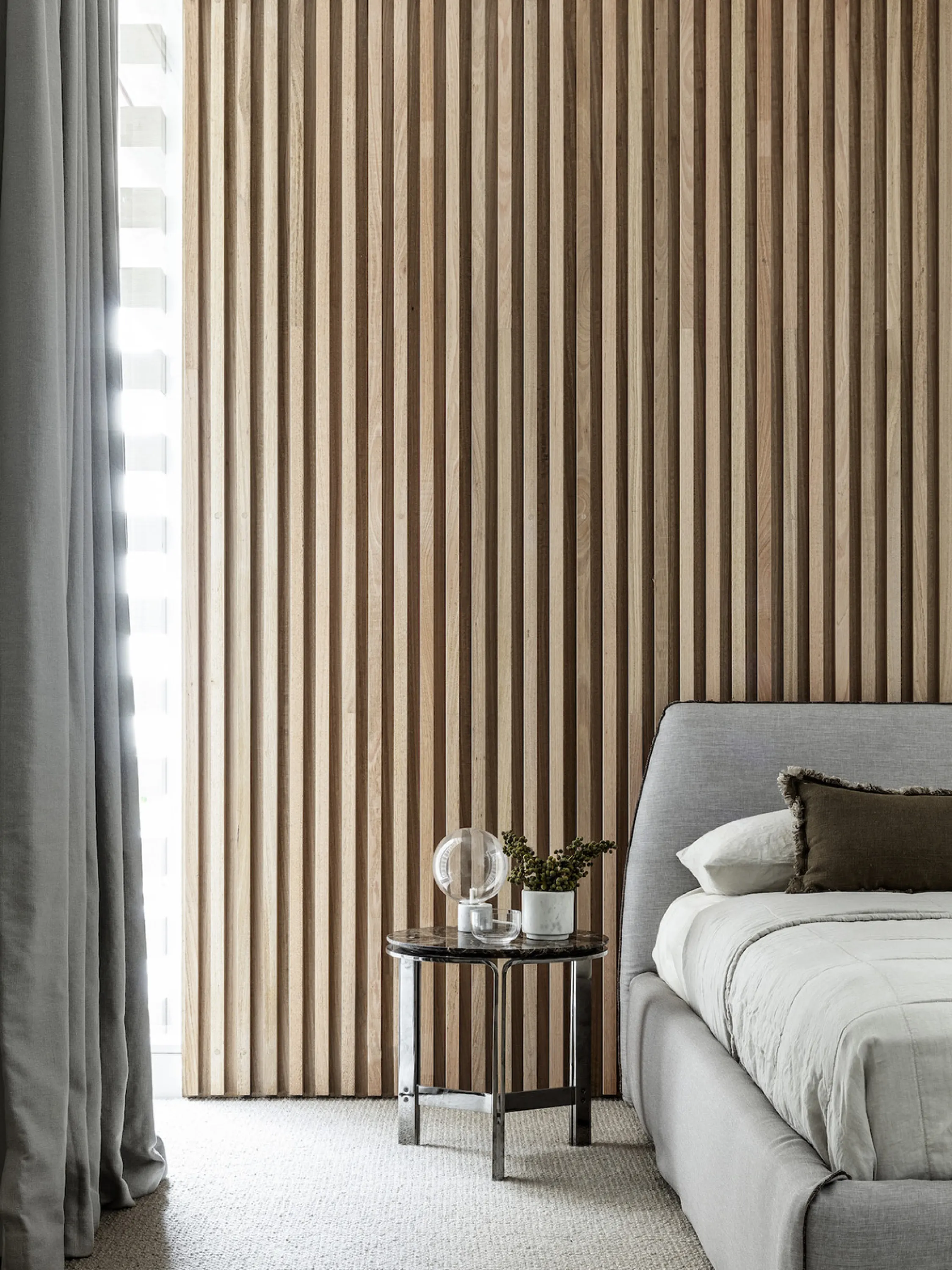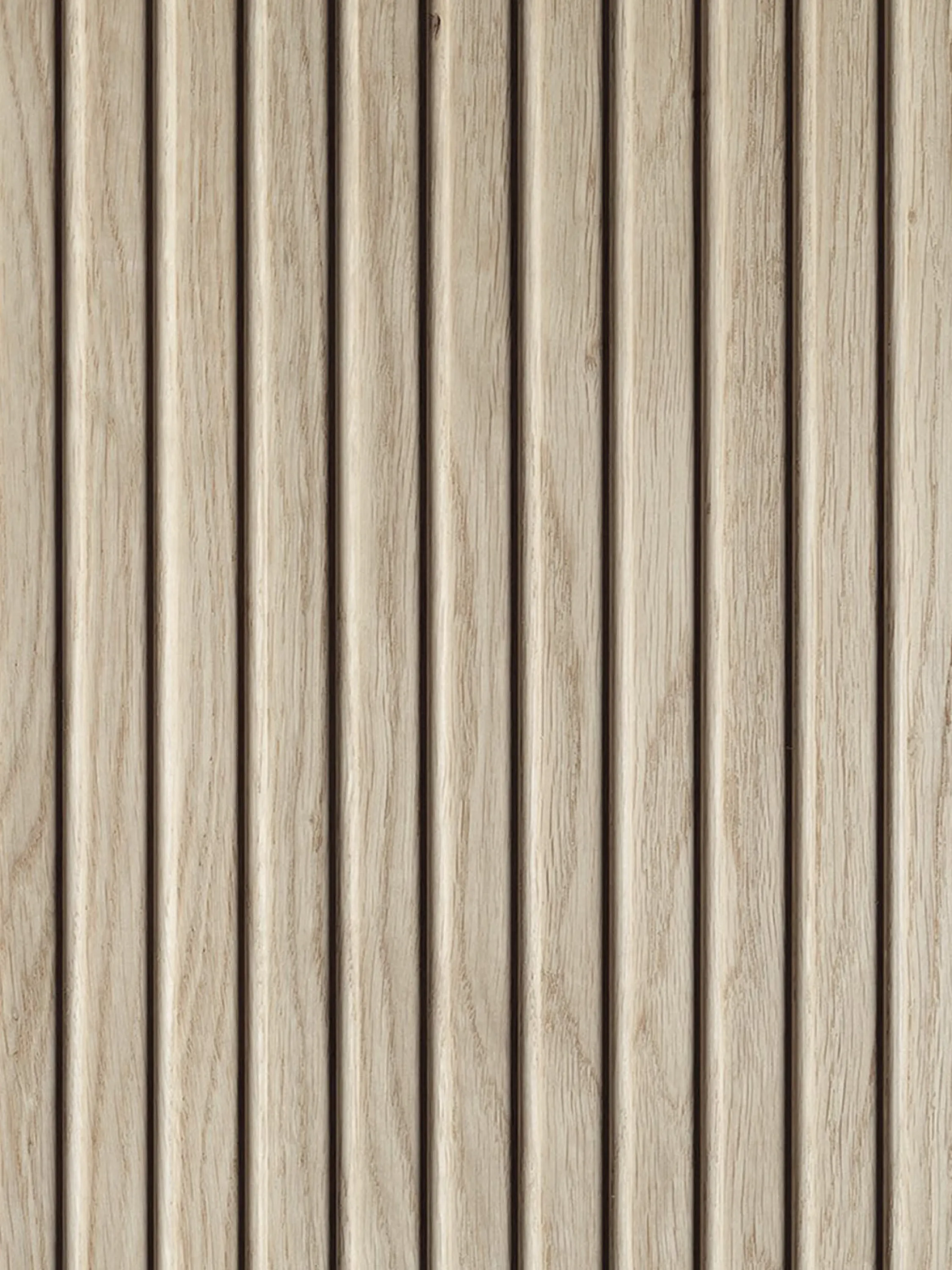A texture language: exploring the facets of tactile richness
Materials define spaces, crafting atmospheres and guiding the experience of the space. Tactile materials in particular add depth and life, reconciling designed spaces with the richness of the natural world.
This is where A Texture Language comes from…
Introducing a texture language
A Texture Language is a journey into tactility in designed spaces and a celebration of material richness. It is a research and a roundup of immersive materials that are able to create involvement around physical features while adding a grounding dimension to the experience of space. As a whole, A Texture Language fits within my biophilic research, an ongoing exploration of deep and authentic ways to bring designed spaces closer to the natural world.




Materials and nourishing spaces
Materials contribute to a nourishing experience of space from various perspectives. Materials carry both physical and emotional features that ignite the senses and inspire feelings, defining the space on a profound level.
Tactile materials engage deeply with the senses, moving beyond the visual experience of space. Intentional material combinations define a temperature map of the space, with all the feelings that come from it. Local natural materials draws a connection between man-made environments and the natural world, infusing designed spaces with the unique identity of their surroundings.
Natural materials are intrinsically grounding, yet they communicate an array of different emotions. A Texture Language delves into these nuances, contemplating coarse and fine, rough and sleek, cold and warm… all while recognizing the sensations that material features communicate.

Exploring the physical and emotional side of tactile richness, A Texture Language delves deeper into the experience of space, shaping nourishing environments that feed the senses as much as the soul.